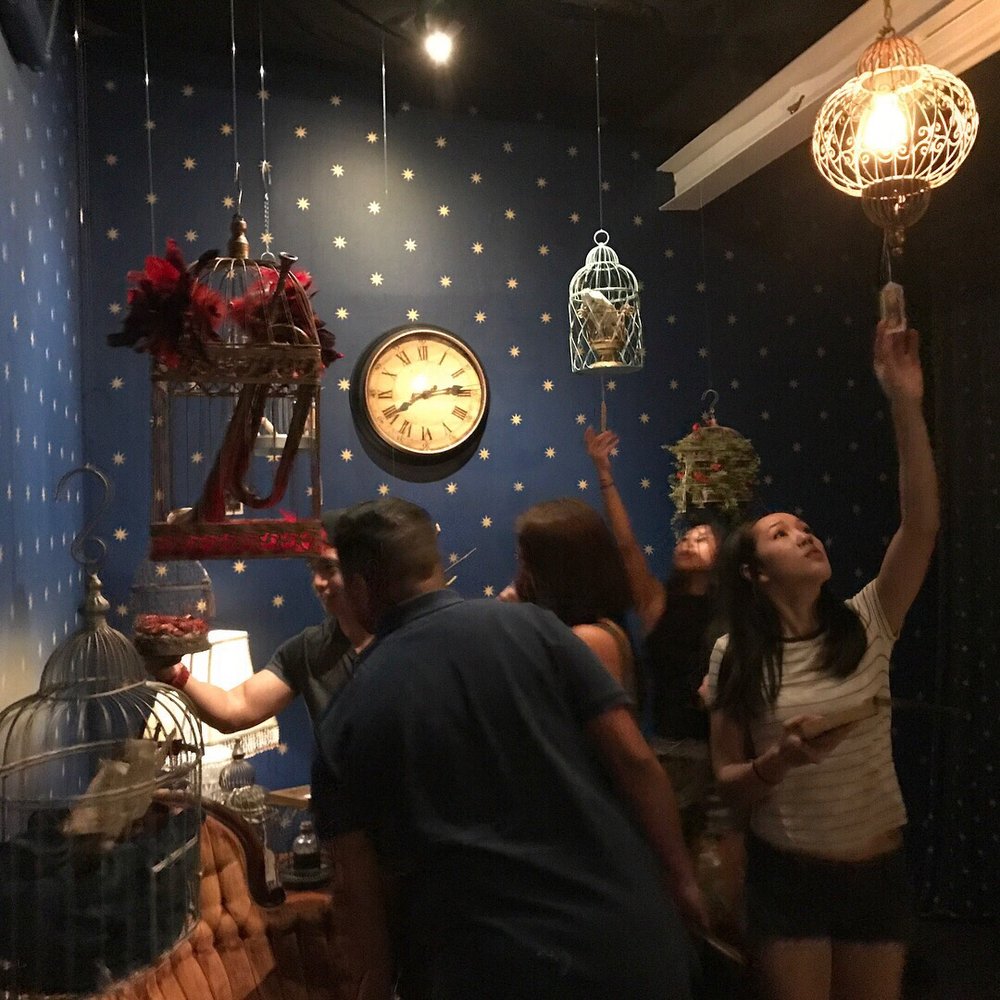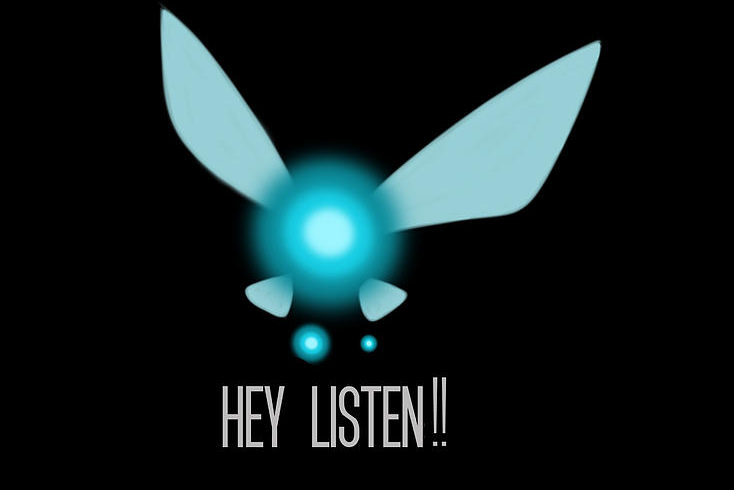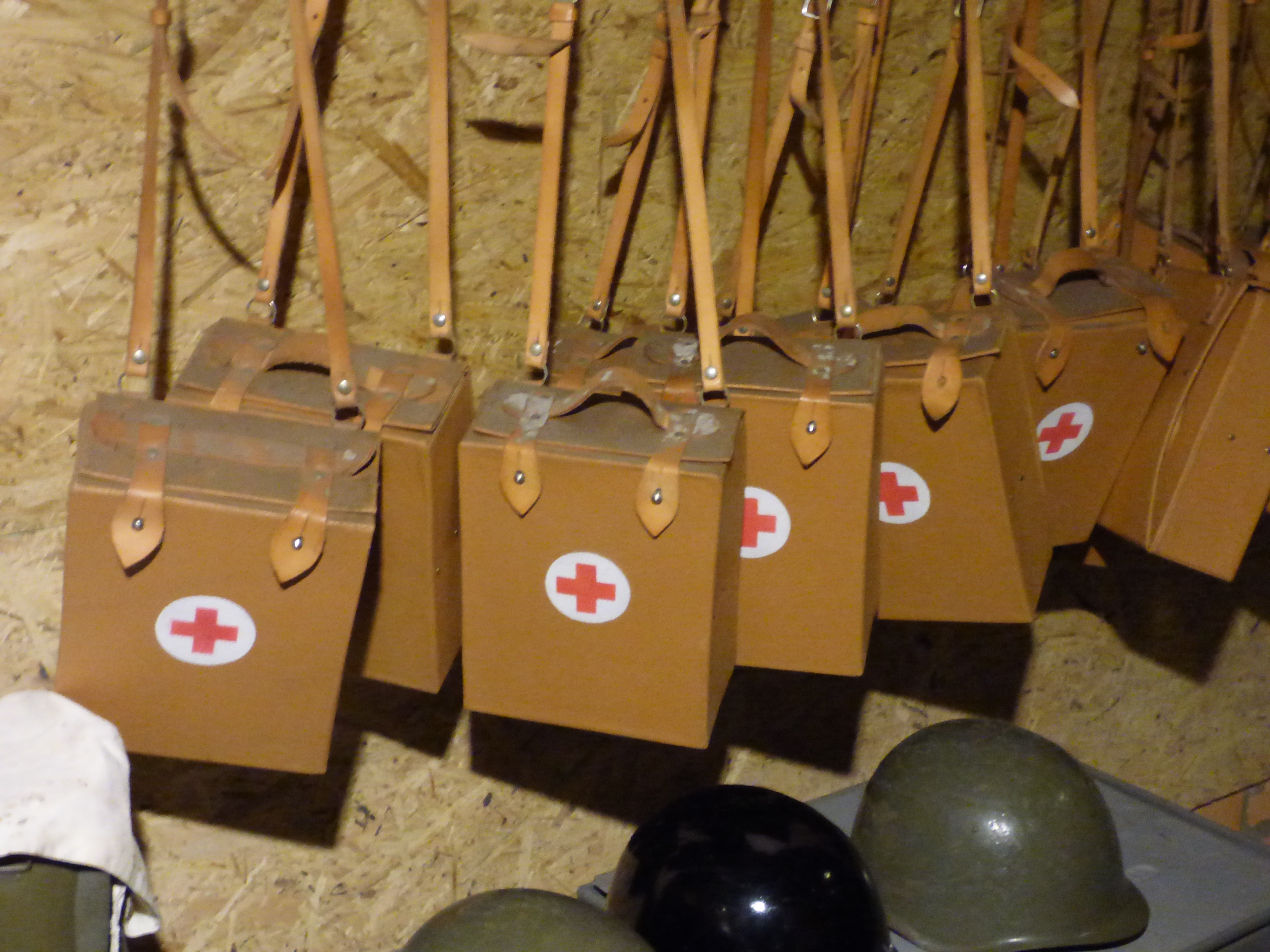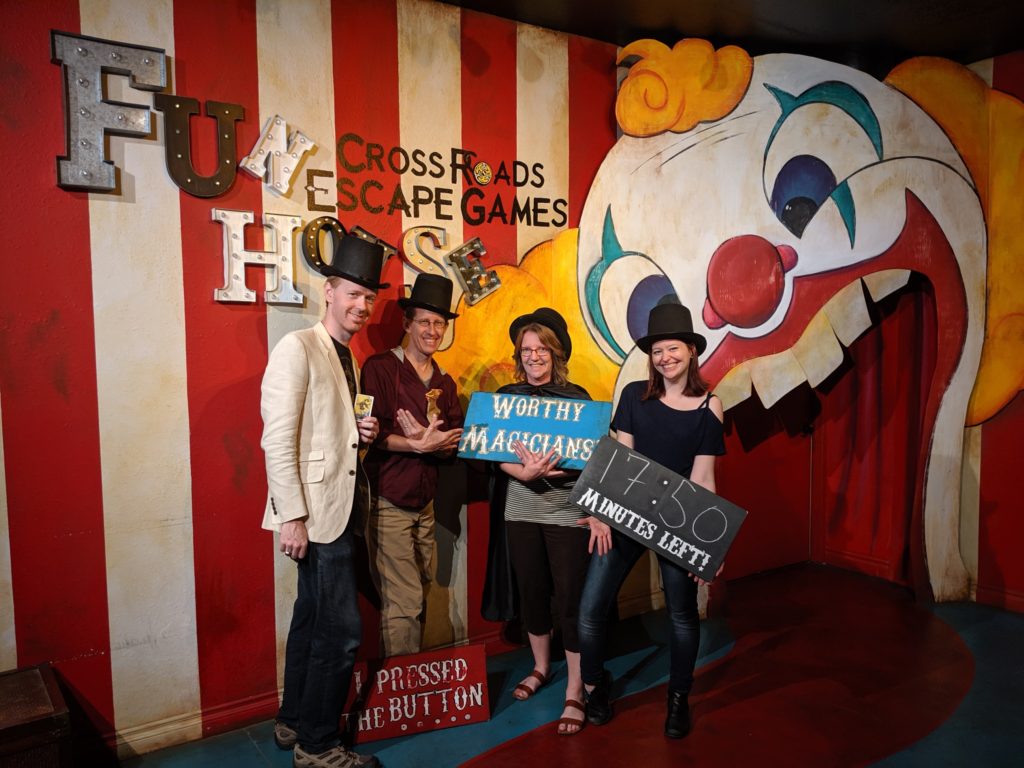Words matter. Not to dive too deep into linguistic relativity, but words shape our ideas. They give ideas boundaries. They act as short-hand for things they would require more words to express. Add new words, and you add new ideas.
In the escape room industry, and immersive entertainment in general, we need new words. And we need to be precise about them. The genre’s complexity demands that we agree on new terms, like “sandbox,” “pipeline,” even “immersive.”
The community at Room Escape Artist agrees. Check out their fun and useful ERban Dictionary. Having the word “runbook,” for example, or one that I coined, “ghost puzzle,” makes it easier to grasp that these are poor design choices.

I’ve been playing escape rooms again—YAS!!!—and something has been driving me nuts. I’m hearing sloppy language, and I sense it’s leading to sloppy design.
I’m making an ask of the escape room community: please stop using the words “hints” and “clues” interchangeably. “Hints” are not “clues.”
If we get rigorous about using these two very different terms, I believe we can get closer to better game design.
DEFINITIONS
Clue. A guide to a puzzle or interaction that appears in the room organically: a scrap of paper, an object, a key, writing on a wall. A clue is something 100% of winning teams find. A series of clues that lead to a solution is called a clue trail—they act like a map. Clues feel amazing when you find them! Players love finding clues.

Hints. Manual intervention from the game master when a team is stuck on a puzzle or overlooking something and has been unable to advance for some time. Different teams get stuck on different things in different places, so hints are custom delivered by the game master who oversees the game. Hints feel like a defeat for the players.
Notice how in these definitions, I’ve included the emotional response of the team. That’s part of what makes these two words so different.

No matter how immersive your hint system is, players can tell when you’re giving them a hint. Clues tend to be objects, but hints tend to be audio or text on a screen, gifted, not discovered. They know it’s the all-knowing game master intervening, and while a team does appreciate the help, there’s an air of disappointment in the room that’s not easily dispelled, this feeling of “Well, we’re supposed to be the heroes, but we screwed this one up!”
WHY BE RIGOROUS?
What happens if a game designer doesn’t think of hints and clues as starkly different things? Well, they start using hints as clues.
If you’ve played a few escape rooms, you’ve seen it, what I call “band-aid” design: there’s a puzzle in the room that’s missing a proper clue trail. Rather than add in clues, the designer asks the game master to fix the problem by sending in hints for that puzzle for every single team. It’s a lazy fix, a “band-aid” on a wound in the game.

What’s the harm in using a hint 100% of the time as part of a clue trail? Well…the harm is the players get pissed. They feel like they missed something, when in truth, they were never given the tools to succeed in the first place. It’s especially bad if the team has to ask formally for a hint that functions as a clue. They’ve wasted time hunting for a clue that’s not even there. Next, you make them beg for a hint. You’re shaming every single team that wants to win.
I’ve played games before that say, “Hey—you get three hints! You have to use them to win!” OMG NO. Hints are not clues. They are outside the game, not a part of it.
Or how about this one: “Nobody ever gets through that puzzle without a hint!” That’s band-aid design. And it’s bad design.
AIM FOR ZERO HINTS
Escape room designers should aim for zero-hint games. Players love clues! Players hate hints! Why wouldn’t you want to aim for all teams to skip the feeling of defeat?
For the first six months, Strange Bird kept close statistics on our hints. For any hint that ran for 25% of teams or more, we increased the clue trail in the room. Years later, we still watch for a too-frequent hint. I improved the cluing on something just the other day. Now our game masters are watching the change closely to see if it helps.
We also train our game masters to aim for zero hints. We want to give the team time to have their “Aha!” moment. When a team falls behind our schedule (we have time markers for where a team should be), or when there is an air of frustration in the room, or when they ask for help, we offer a hint. Hints keep the fun going.

And when the hint comes, it’s the lightest possible nudge, not a walk-through, so that the team still gets an “Aha!” with that puzzle, and the feeling of mastery is restored.
And don’t get me wrong—hints are essential to a functioning game. I’ve learned that every step in the game, even “open this drawer” or “where that key goes” will be a hint for some team at some point. People are different. Hints make sure that every team, no matter their dynamic or escape-room-experience, can have fun.
At the bare minimum, you need to have had a real-life team win your game with zero hints, or your game is broken. I’d say that should happen weekly, monthly at the very least.
And keep in mind that zero hints on the regular doesn’t mean a game is “easy” or that teams regularly escape in 20 minutes. What it does mean is teams don’t waste 10 minutes (1/6th of their time!) stuck on something under-clued. Wasting my time is not a good money value.
Moving past “THe CHALLENGE”
Wait, if I want zero-hint games, that kind of sounds like I’m designing for teams to win. Whatever happened to “the challenge”?
Creating hard puzzles is easy—you skimp on the clue trail! Creating hard-but-fair puzzles is extraordinarily difficult. And I don’t think an escape room is a good vehicle for that type of puzzle anyway. Go enjoy a puzzle hunt instead!
The industry is shifting away from thinking of escape rooms as a challenge towards thinking of them as an experience. It’s a shift from the intellectual to the emotional. It’s better business when teams win. They feel good, they play more.

Escape rooms are fun because they take you to a brand new place where you can do brand new things—not because they can prove to your date that you could have gone to MIT.
The shift from “challenge” to “experience” will inspire designers to create stronger clue trails and fewer “gotcha” puzzles that require a hint to bypass. And we’ll get there faster if we start using “hints” and “clues” distinctly.
WE CAN DO IT!
If you’re a player, start asking game masters for “hints,” even if the house-style calls them “clues.” Keep it up when you talk with other players about how many “hints” you took in a game and if you think the “clue trail” in the game was any good.
If you’re an owner, make sure your game masters use the word “hint” when instructing teams on how to ask for help in the game—don’t say “three free clues.” All of your clues should be free! (So should your hints, but that’s an argument for another day).
If you’re a designer, watch your game. Get stats on your game. When you see teams struggling consistently, increase the clues in the room, rather than fall back on hints. Design with player emotion in mind.
RECON
Interested in what makes good hints? Be sure to catch Summer Herrick (Locurio) and Rita Orlov (PostCurious) talk about “Fun Insurance: What Makes a Good Hint System” at the all-virtual Reality Escape Convention this August. They know their stuff. It’ll be stellar. Hope to see you in the Discord!
Updated: link to watch “Fun Insurance: What Makes a Good Hint System.”

